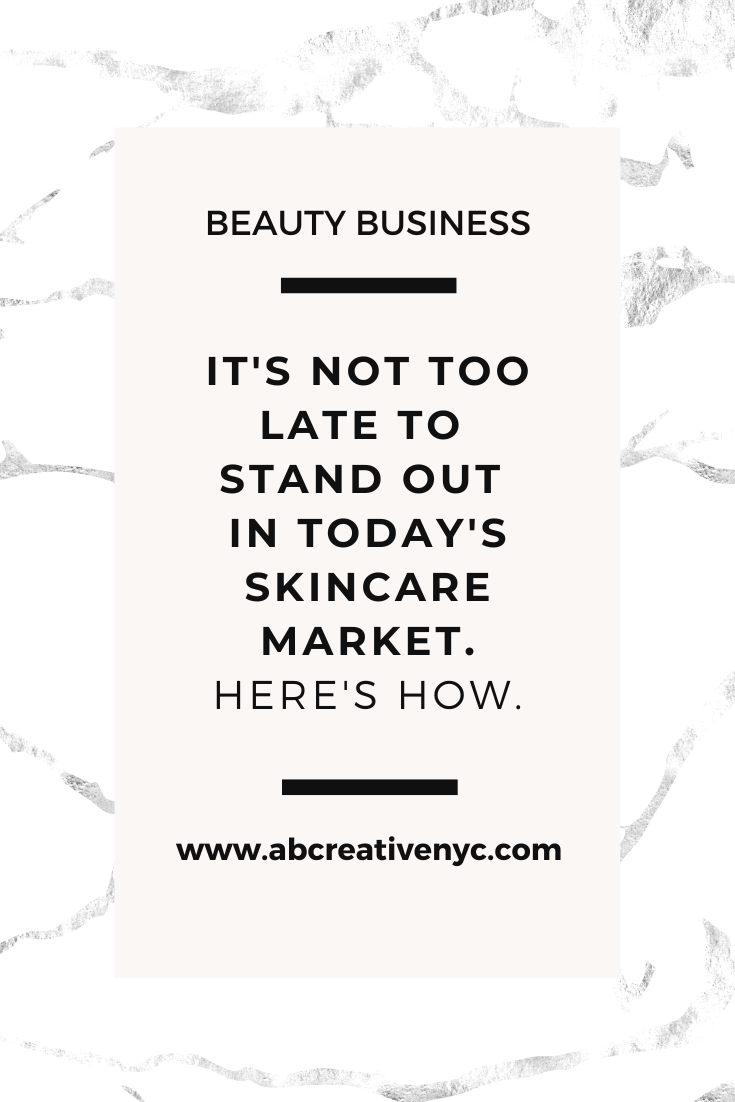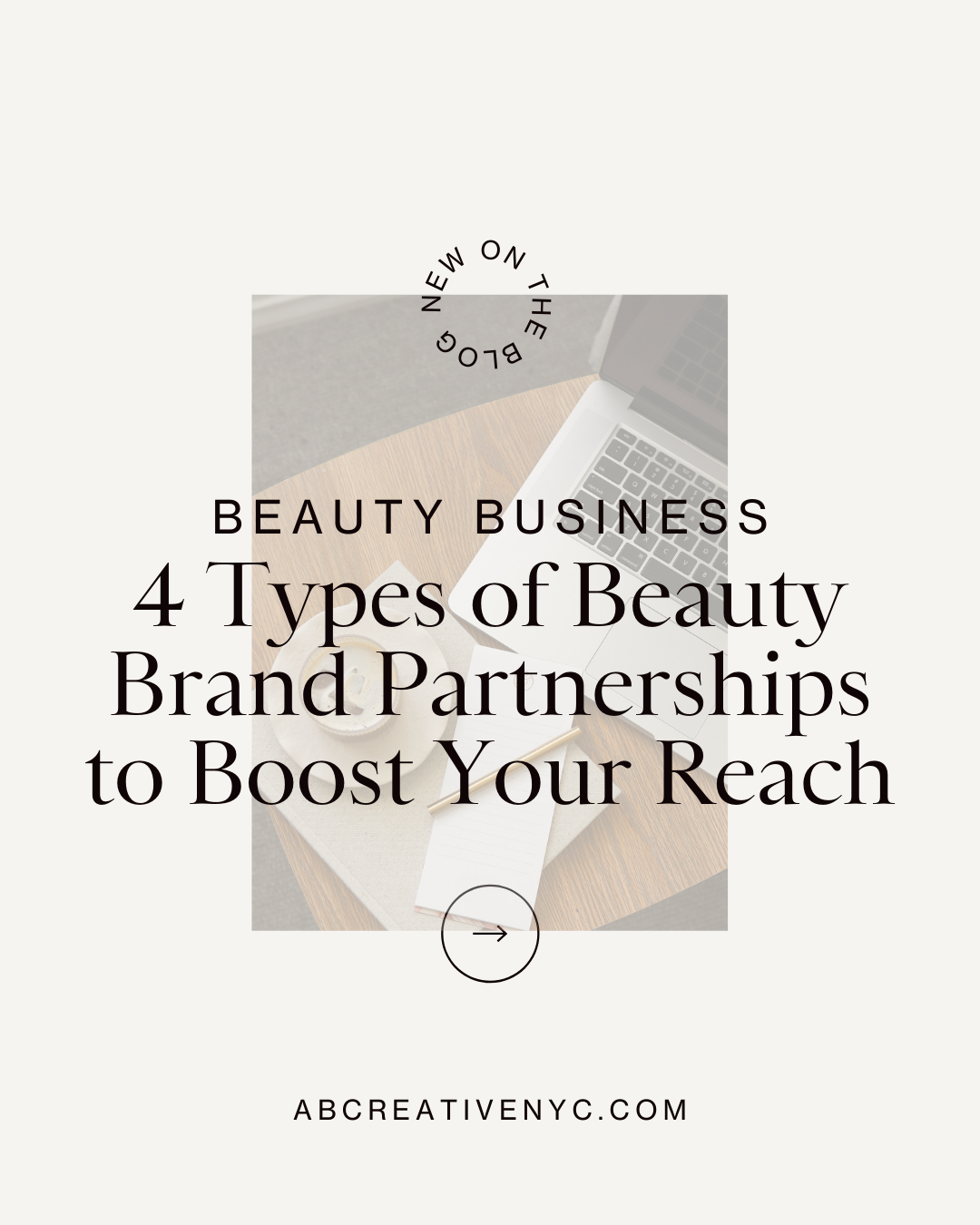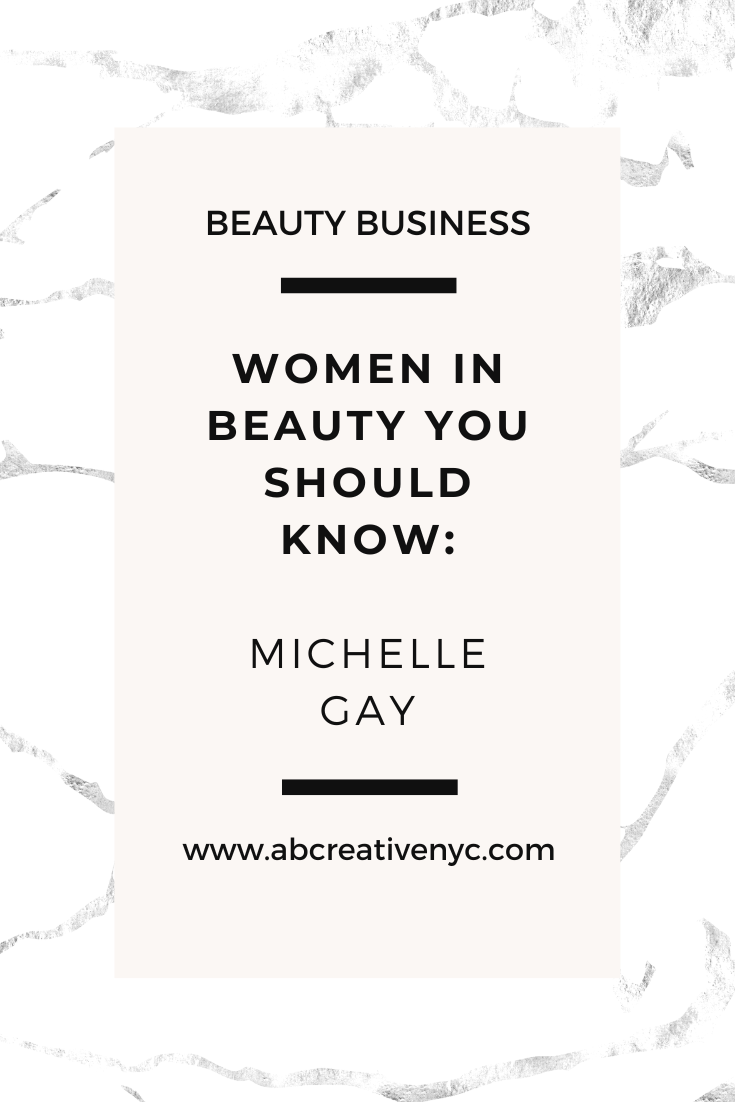In this saturated market, dozens of beauty brand founders have been asking me the same question. It goes along the lines of: “Since just being a clean beauty brand is no longer enough to be considered unique, what do I need to do to stand out in today’s skincare market? What are other successful brands doing about it?”
This article is dedicated to answering those questions. Plus I’ll be sharing the most essential dos and don’ts to achieving your most successful launch.
Don’t make these common costly mistakes
-
Launching before doing focus groups or surveys.
Launching a business is a risk, obviously. But that doesn’t mean it needs to feel like taking a shot in the dark. Before every product you launch, or even before deciding on your brand logo, you need to choose and test out the market.
As we shared in our article, How to Build a Successful Beauty Business Without Taking Outside Funding, the founder of Schmidt’s, Jaime Schmidt, honed in on feedback from focus groups early on so she could best understand her customers’ needs before she launched her products nationally. She told Entrepreneur magazine about how she found her first customers at local markets. Since she was able to talk to them in person, she could directly gather their feedback to improve her products.
Schmidt shares, “I had an incredible community of customers in front of me, and I was able to build a product to their liking. All the way to our acquisition, I was focused on incorporating customer feedback directly into our product development strategy.”

Brand founders that skip this step are missing out on majorly valuable feedback.
-
Launching before having a solid brand identity and over-focusing on products.
So many brand founders make everything focused around their products. But there’s a difference between selling a product and selling a brand.
The fact is, products appeal to one person at one time. Meanwhile, brands appeal to a group of people first and then get adopted by everyone else. Think about your favorite brands for a second: chances are you know who they are, what they stand for, and what they represent. Dermalogica, for example, is a global skincare brand that cornered the professional spa market and built its brand and community through its education arm. Since the beginning, Dermalogica has been known and trusted to help estheticians become both better at their craft and to become smart business owners too.
Founders who rush their launch before establishing their positioning might see their products making a bit of money for a short amount of time. But the brands with a strong identity are the ones that get acquired for millions of dollars and build a unique legacy. That’s what you’ll need to do too if you want to stand out in today’s skincare market. (FYI, at ABC, we build brands, not products).
-
Launching without knowing their target audience and trying to cater to everyone (aka no one).
Who doesn’t want to have the next big “it brand?” It makes sense to want to cater to a large audience, but to do that, you have to start small and hone in on the audience your brand is targeting. Even L’Oréal started its global empire by exclusively selling hair dyes before it became what it is today. So in short, the key is getting them on board first before you think about building out the brand to more groups of consumers.
What skincare brands can do in 2022 to stand out in today’s skincare market
The following tips are must-dos to stand out in a crowded space.
Spotlight an innovative formulation process or ingredient.
One way to set yourself apart from the competition is to base your formulas on one specific key ingredient. Kopari is a cult favorite beauty brand sold at Sephora that bases all its formulas on coconut oil. Thanks to this strategy, they became known as the go-to coconut oil based brand. Similarly, celeb-loved luxury skincare brand La Mer includes their famous fermented marine algae in every product.
But if limiting it to one ingredient is too constricting, try creating your own proprietary blend. Indie skincare brand Ampersand got its start by only offering six serums that were each based on their trademarked proprietary blend, Essential Skin Defense (ESD™).
Sell on an unpopular platform.
Sometimes you have to fish where not everyone is fishing. Okay, so some platforms you’d have liked to sell your products are incredibly flooded, but there are always other solutions. Try focusing your efforts on emerging online platforms like Shop Lit Live, Walmart.com (aka Amazon’s main competitor), and Wechat (for the Chinese market).
Better yet, participate in local craft shows and see what happens. The advantages of selling in person are vastly underestimated. Not only can you talk directly with your prospective customers at craft shows, but it’s a great source of consistent revenue.
Another underused resource is direct mail. Sending catalogs that your customers can use to shop directly from used to be one of the greatest sources of sales back in the day and is still worth trying out today.
Emphasize your cred markers.
We all know word of mouth is the best way to become successful. So focus on getting reviews on your products and incentivizing your existing customers to do so. UGC on social media, brag-worthy testimonials, and media mentions should also be emphasized on your product pages to help you build up your reputation and help customers trust that your brand is as great as it looks.
Do things differently
To sum it up, find more ways to stand apart than simply offering clean or natural formulas. Before you launch, do surveys and get feedback from focus groups to make sure you’re making the right moves.
At the end of the day, applying the right marketing tactics from the beginning is key to accelerating your beauty brand into a cult status empire. The right long-term strategies will set you up for sustainable growth that lasts and builds a legacy.
The strategies and live mentorship revealed inside my signature program Conventional to Cult Status offer cult-status growth blueprints you can duplicate and make your own in order to gain your own cult-status success, whether that means setting your brand up for an exit or building a legacy business for the next generation.
Sign up for the waitlist if you’re interested in growing your brand with the framework that will help you go from lost with no direction to focused and clear with consistent sales.




